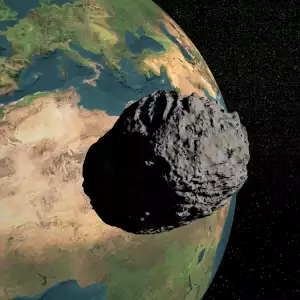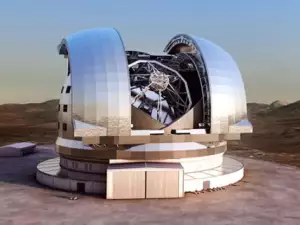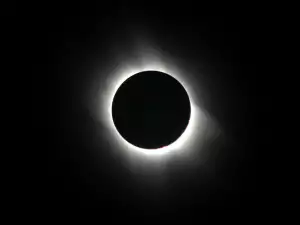NASA has acquired a new type of telescope to help experts find gold within asteroids.
It was designed and built by engineers from Vanderbilt University. It can work with galactic gamma rays, writes SPIE Newsroom.
"The missions to Mars, the Moon, Mercury and Vesta are equipped with spectrometers that require months of observation and huge expenses to map out the minerals on the surface of the celestial body being studied, " explains Kevin Stassun from Vanderbilt University in Nashville.
The expert adds that using NASA's new telescope they'll be able to measure the precise quantities of usable minerals found within the bowels of celestial bodies.
The unconventional gamma-ray telescope was ordered by NASA, since the equipment they have now is unable to study the layers inside asteroids and smaller celestial bodies.

The majority of objects passing through our Solar System are almost constantly being bombarded by charged particles, accelerated by the speed of light.
When the photons collide with the surface of asteroids, a new stream of particles is born, which in turn seep into the depths of the meteor and form gold there.
However, with most gamma-ray telescopes it's practically impossible to determine in which celestial bodies the gold formation process has already completed.
The reason is that our current telescopes are built on the basis of germanium and highly sensitive technology which quickly uses up its energy before the study can conclude.
The new telescope by the scientists from Vanderbilt is built using europium-doped strontium iodide, which also reacts to gold within asteroids but manages to keep its energy.
The telescope can also be mounted on landers which will speed up the process of discovering new celestial bodies that may contain gold.









